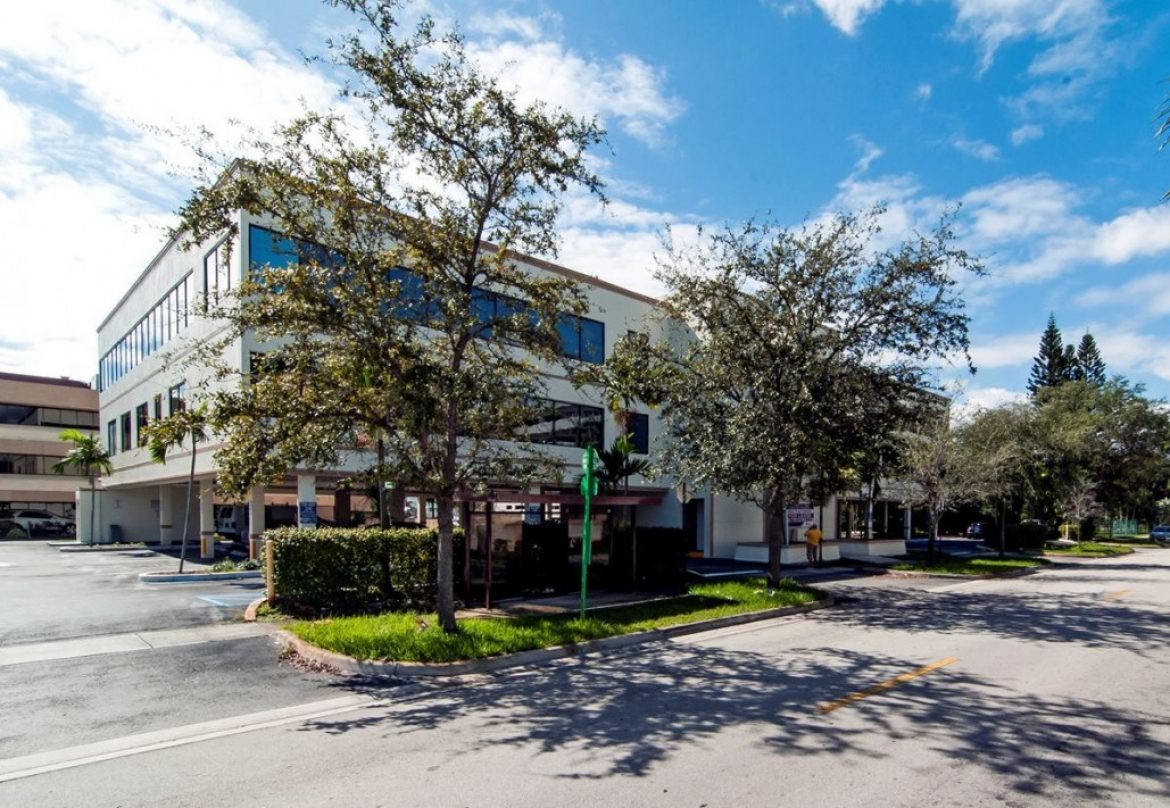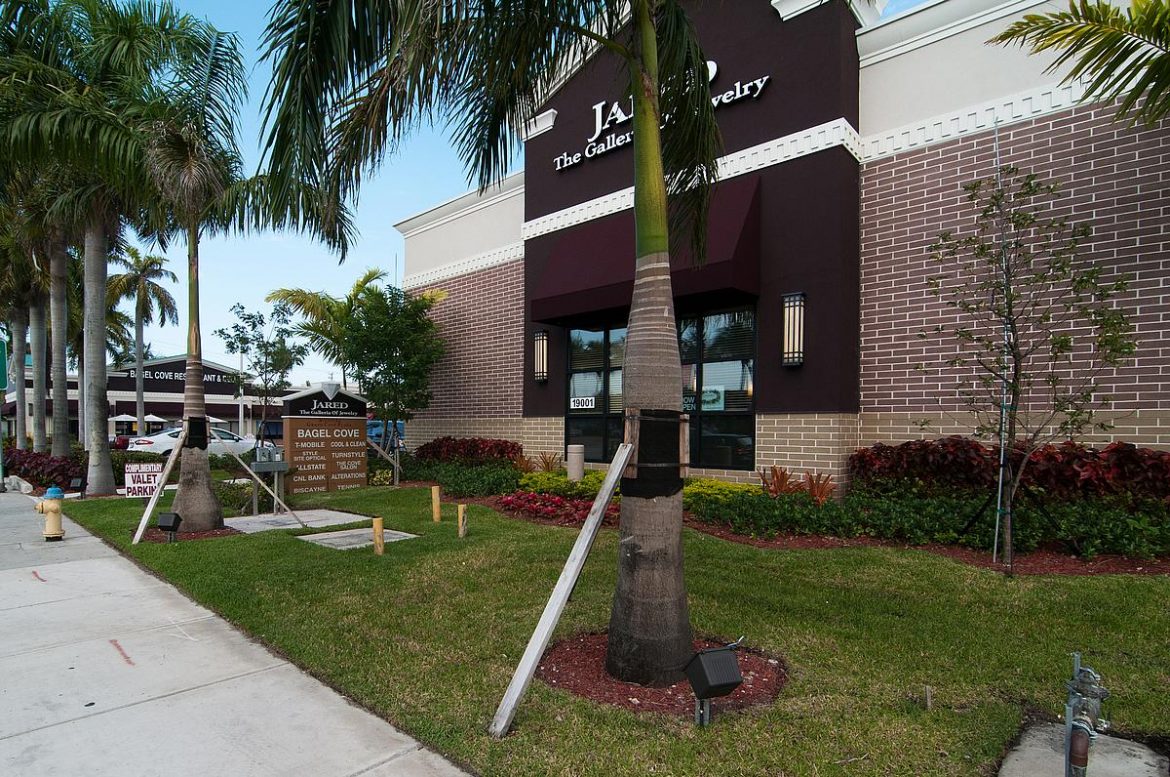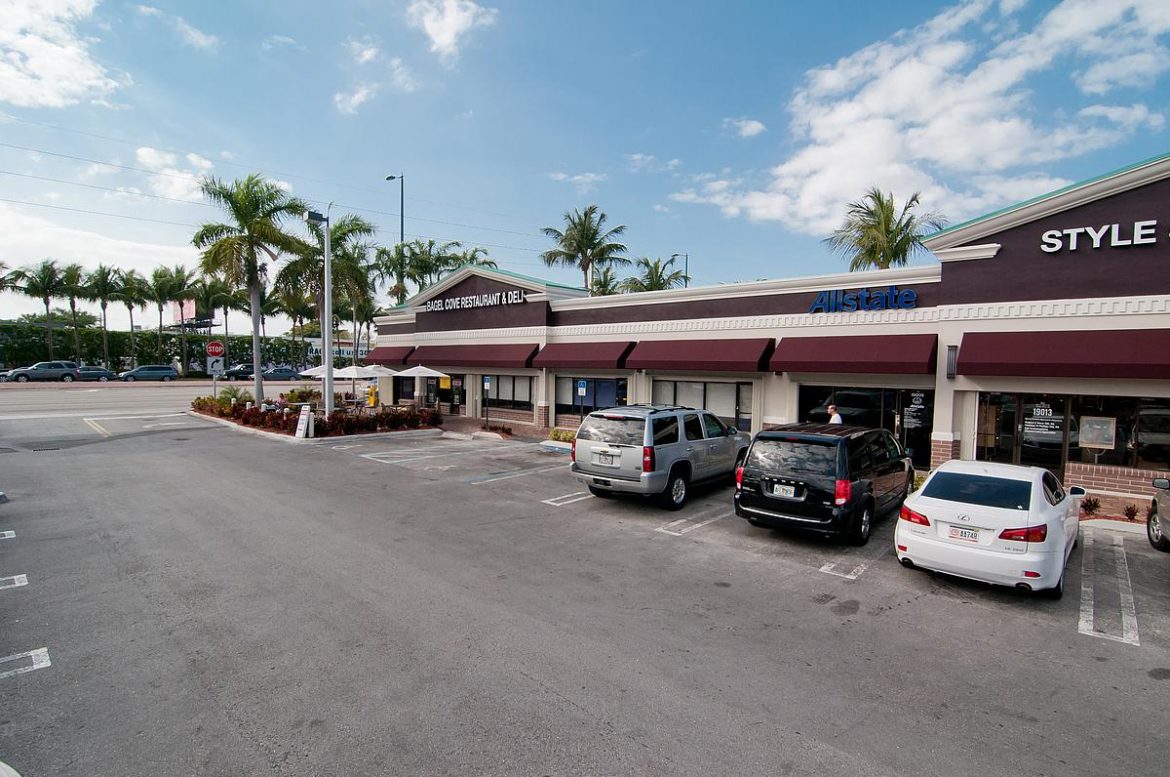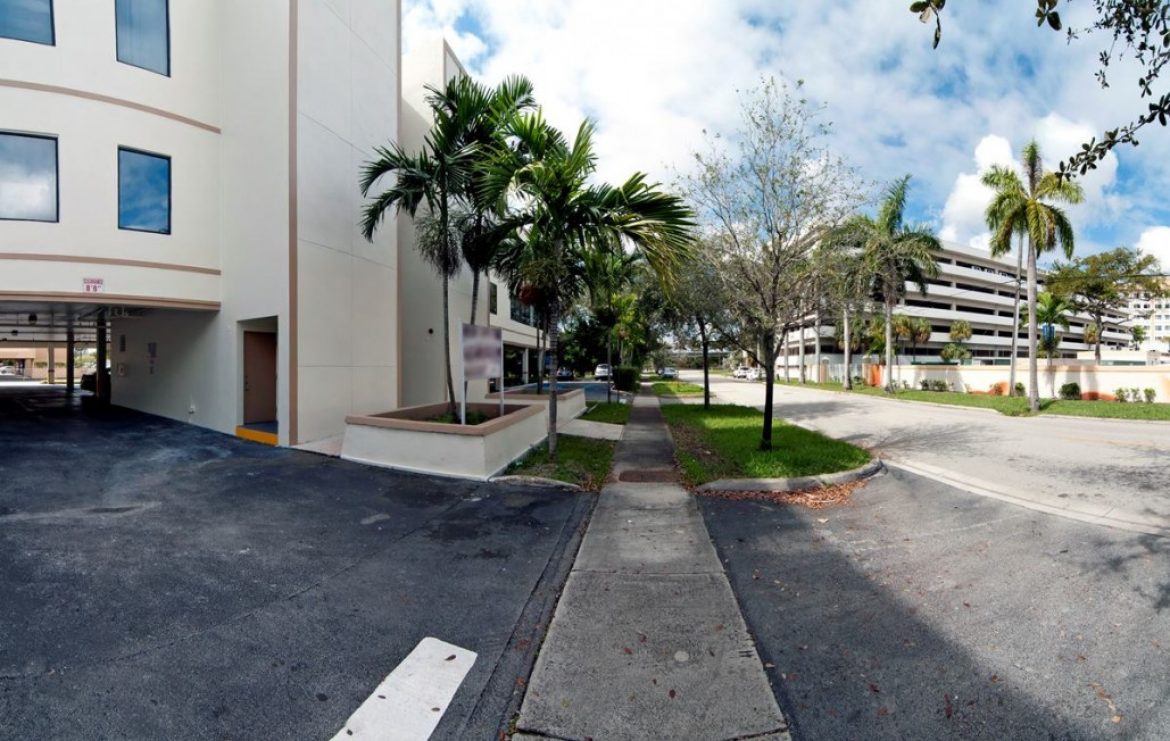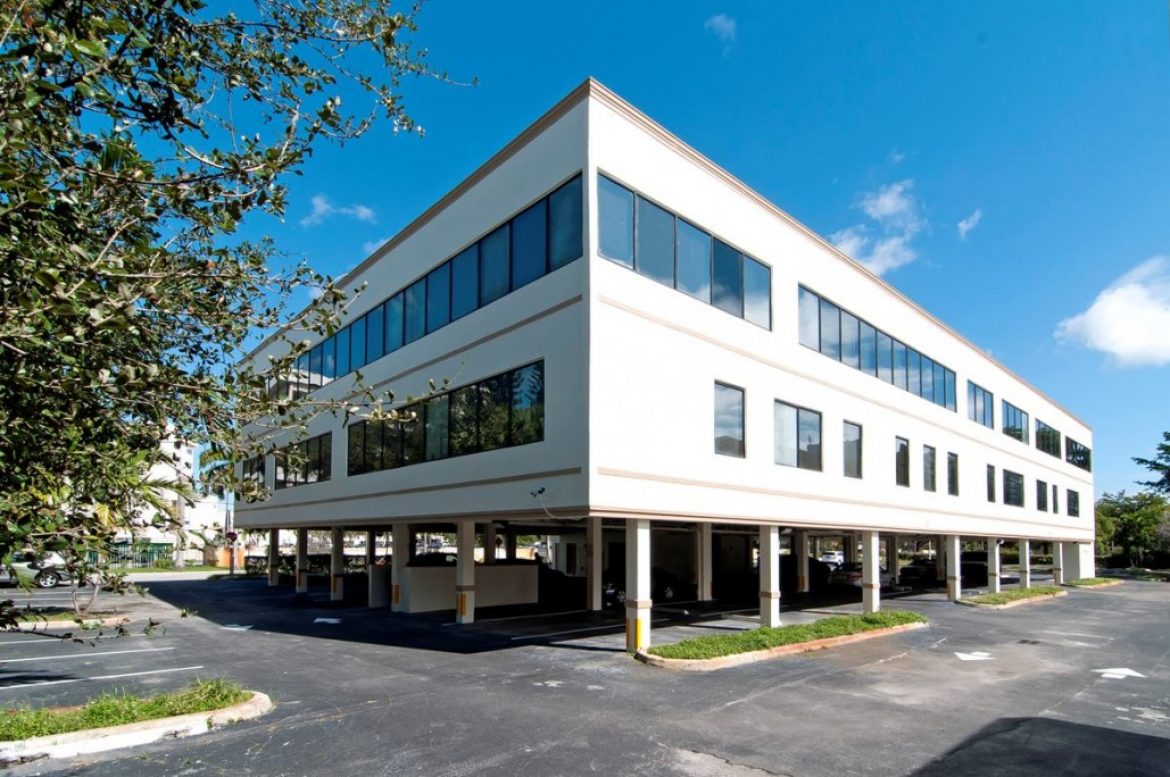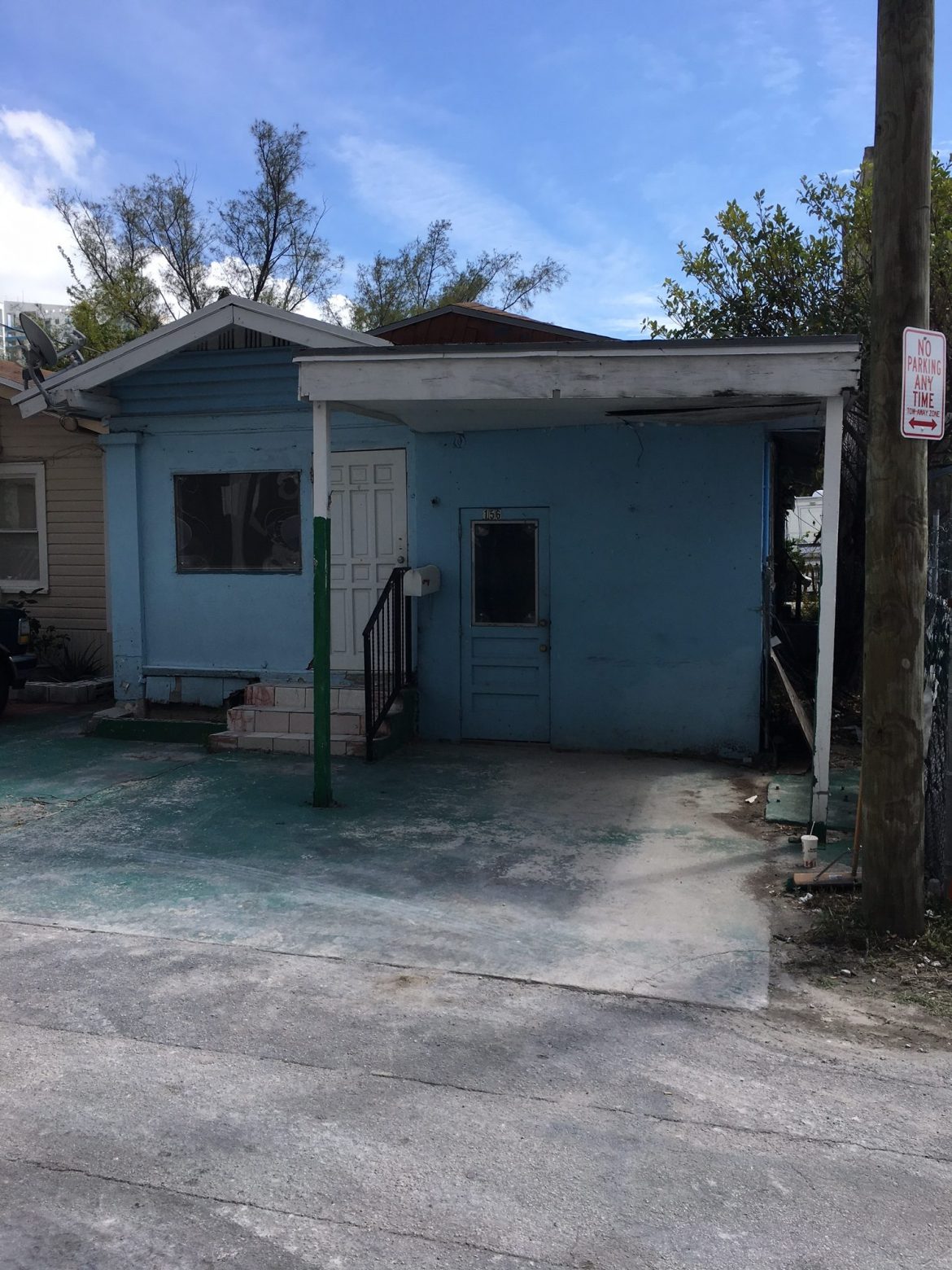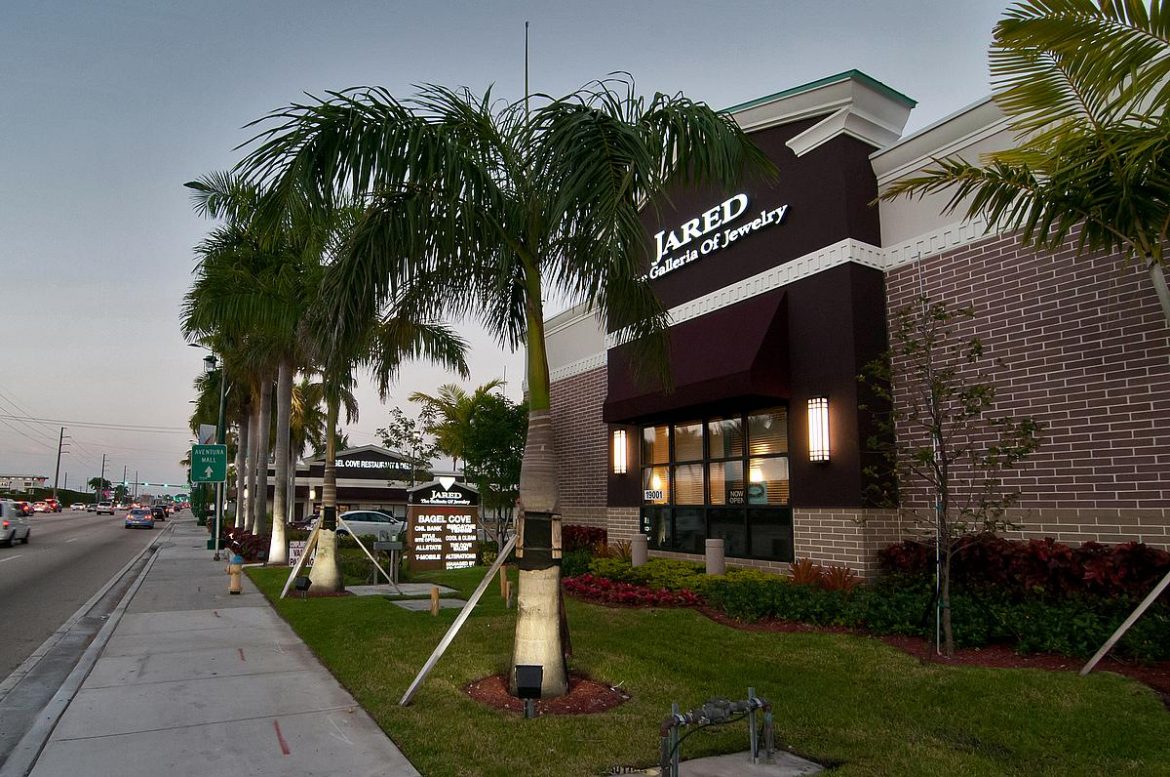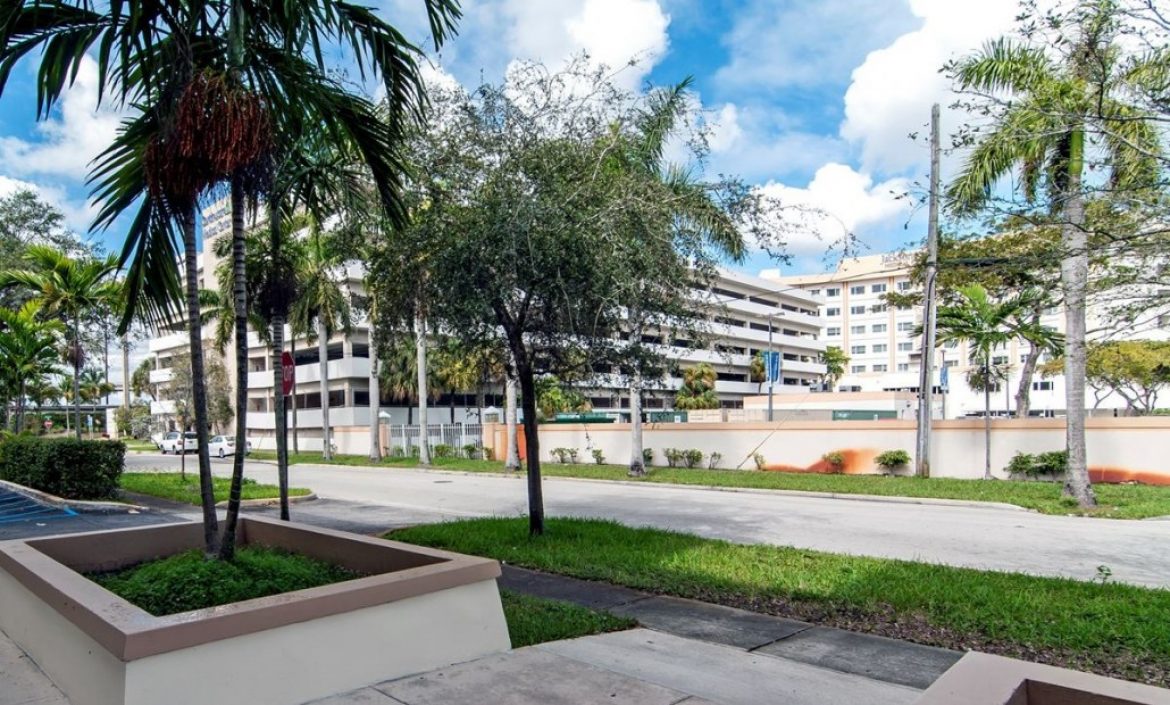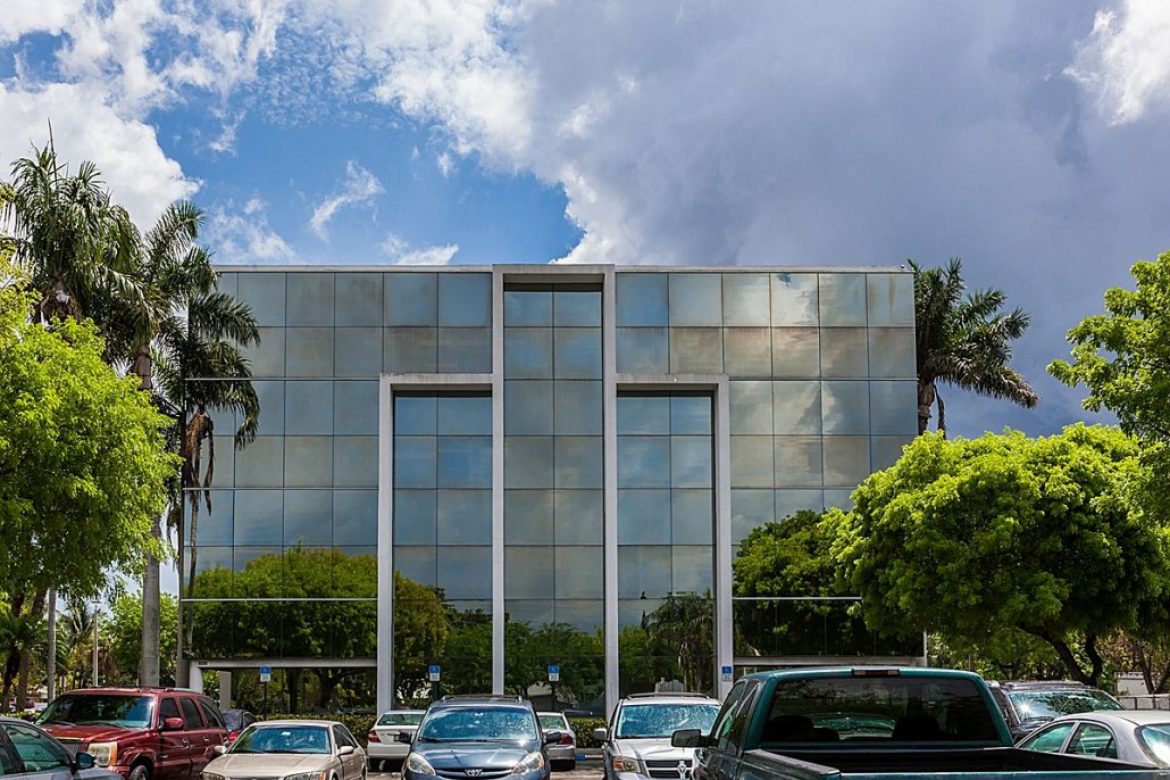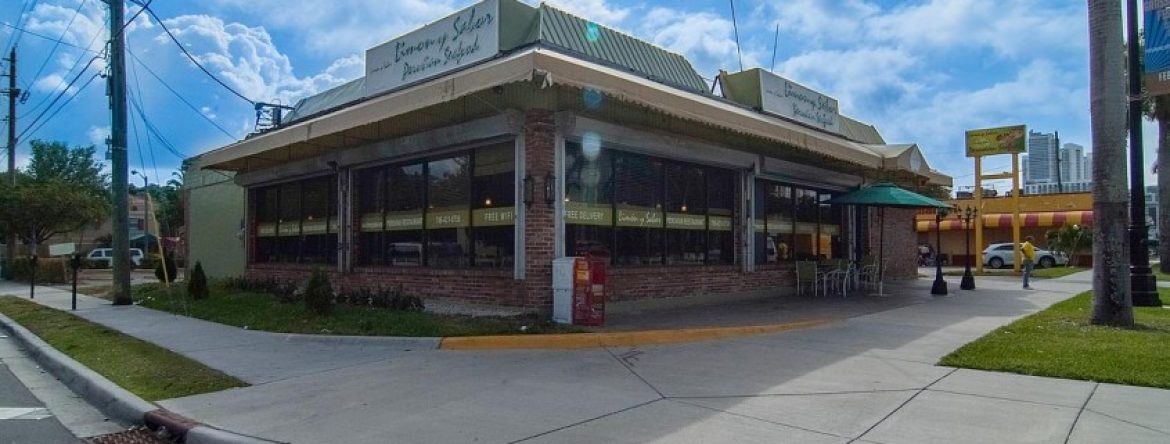
Medical office has captured the real estate spotlight as the sector continues to see strong investment sales with large hospitals buying up doctor practices, and the development of off-campus patient facilities takes off, Mitchell Yankowitz, managing partner at Medical Asset Management, a medical real estate advisory firm, tells GlobeSt.com.
Nationally, there has been a lot of consolidation and acquisitions of smaller doctor practices in the market as larger healthcare institutions seek to bulk up on assets that could serve as outpatient facilities to offer quicker and better quality care in a cheaper and more streamlined way, Yankowitz said.
“Healthcare has gotten so expensive, health care providers are exploring ways to become more efficient without compromising patient care,” he said.
Hospitals such as Mount Sinai Health System in New York and UCLA and Cedars-Sinai Medical Center in California are examples of larger hospital systems gobbling up smaller institutions to absorb their cash and private insurance patients.
Mount Sinai recently announced it was turning its attention to managed care and outpatient facilities as the firm aims to capitalize on the estimated $193 billion New York spends on healthcare annually. By the end of 2020, the health system will complete a full merger with St. Luke’s Roosevelt, Beth Israel Medical Center, and New York Eye and Ear Infirmary of Mount Sinai into Mount Sinai Hospital, according to a Politico New York report.
And as the delivery of healthcare moves away from the traditional on-campus hospital setting, the demand for new construction for medical outpatient facilities has skyrocketed, according to a recent GlobeSt.com article.
Of the new medical office construction to come online this year, 70% has been for off-campus facilities, specifically for infill locations with retail-like characteristics, very different than previously sought assets for medical office use, according to R.J. Sommerdyke, vice president of acquisitions with Meridian, a developer and owner of medical office real estate with offices in Newport Beach and San Ramon, California, plus Phoenix, Dallas and Seattle.
Outpatient facilities have proved efficient and convenient for hospital systems to provide care in a smaller and personable setting, which has become key because the competition between care providers has grown intense in recent years with more options for patients to seek care.
“Up until recently hospitals didn’t look at patients as customers and now its different because of technology and more competition, people have choices,” Yankowitz said.
Source: GlobeSt.

